Exploring the Rise of Micro Homes in Sustainable Living Trends
The trend of micro homes has gained significant traction in recent years, reflecting a profound shift towards sustainable living practices. According to the National Association of Home Builders, homes are now, on average, 1,500 square feet, but the growing preference for micro homes—typically under 400 square feet—is indicative of a broader social movement prioritizing minimalism and eco-friendliness. A report from the American Institute of Architects highlights that 69% of firms noted increased interest in smaller, multi-functional living spaces. This shift is not just about downsizing, but also embraces a lifestyle that emphasizes sustainability, efficiency, and affordability. As urban populations grow and housing costs continue to soar, micro homes present innovative solutions to housing shortages while aligning with the values of environmental stewardship and community living.
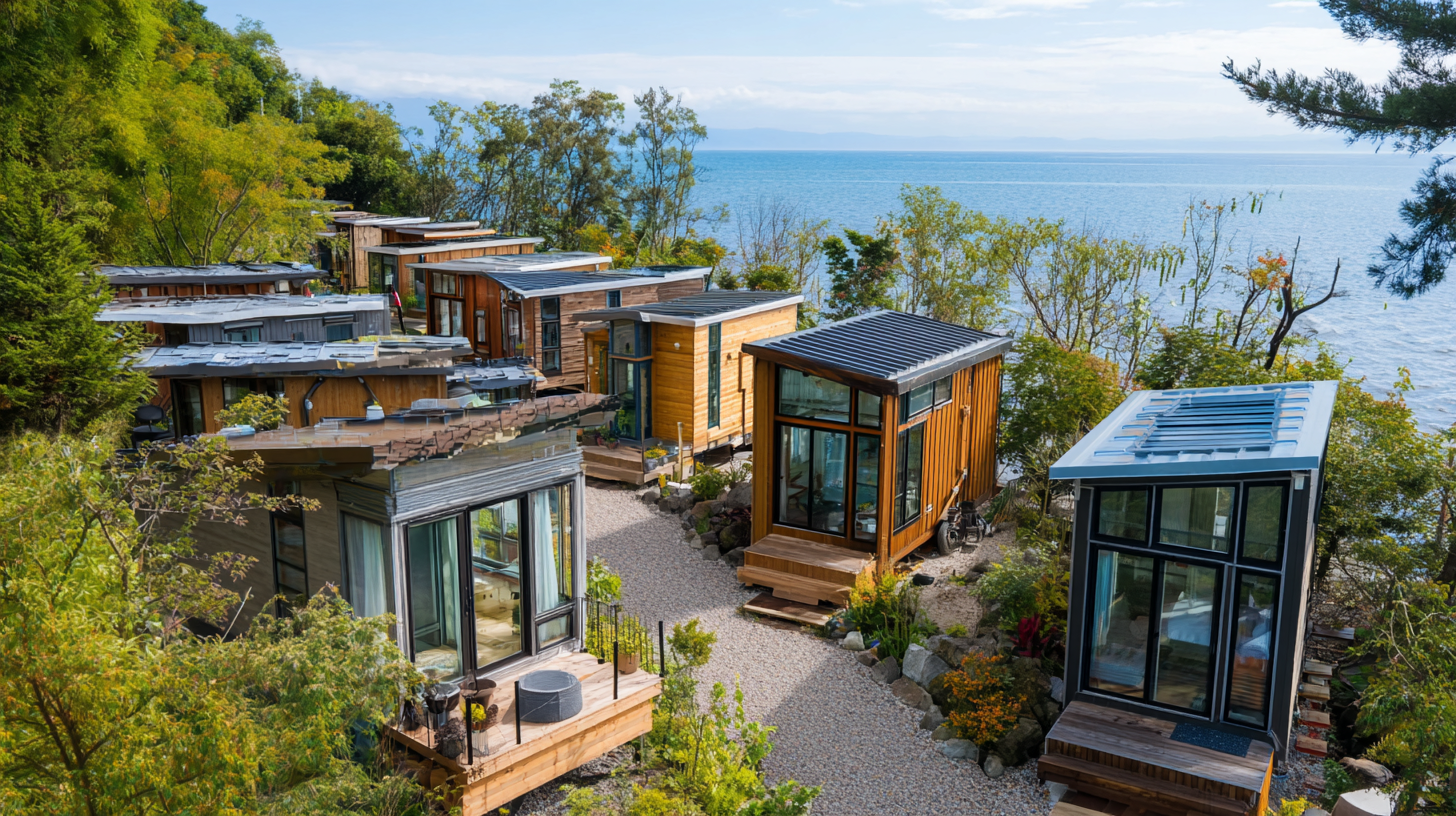
Understanding the Concept of Micro Homes and Their Appeal in Sustainable Living
Micro homes have emerged as a compelling solution within the sustainable living movement, offering a blend of efficiency, affordability, and environmental responsibility. According to the American Institute of Architects, the micro home movement has gained traction, with homes typically ranging from 100 to 400 square feet, representing a significant shift towards minimalism and conscious consumption. This trend appeals to individuals seeking to downsize their living spaces while maximizing their ecological footprint, as smaller homes require fewer resources for construction and maintenance.
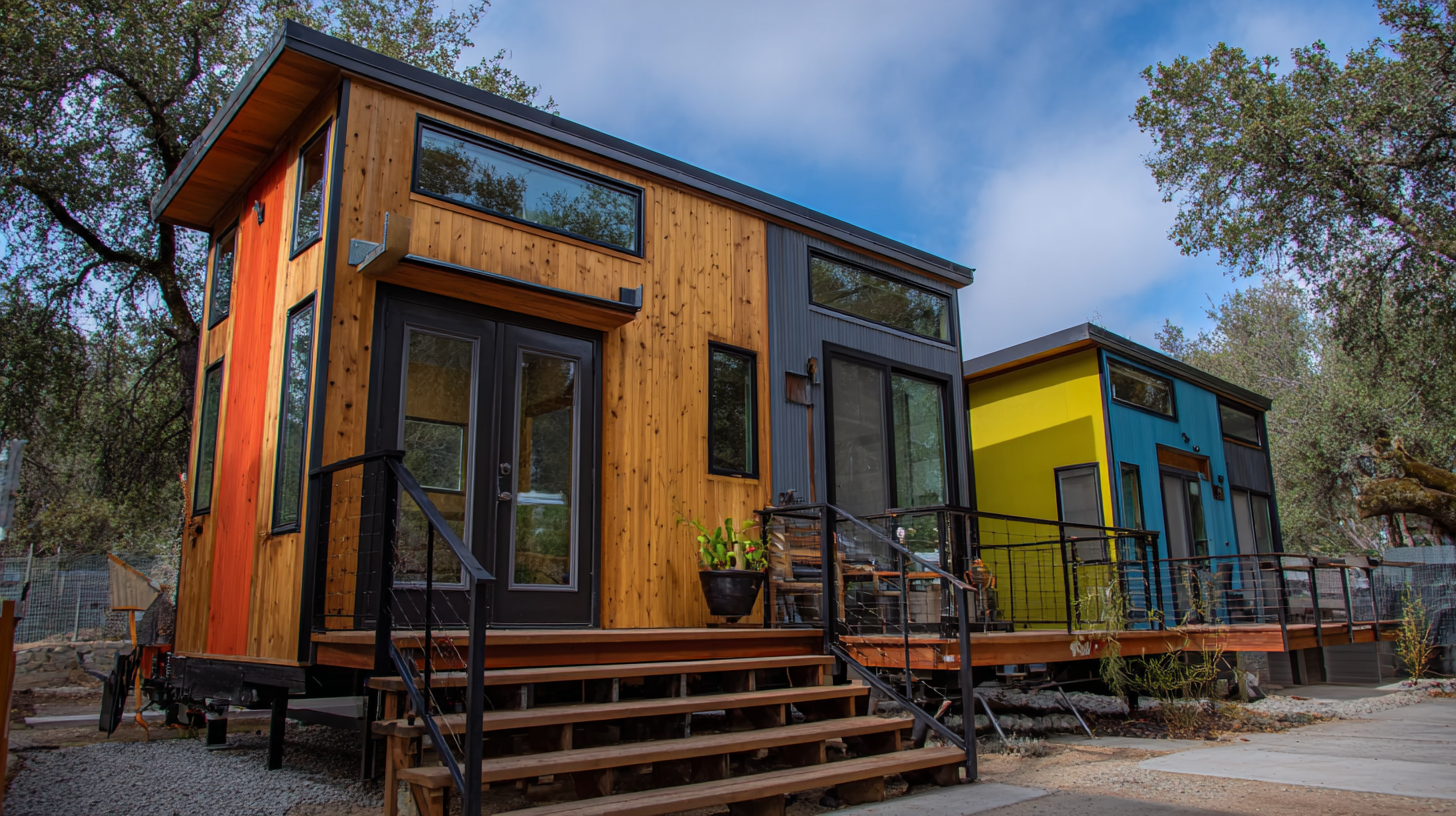
The appeal of micro homes extends beyond their physical dimensions; they embody a lifestyle choice that prioritizes sustainability. A report by the National Association of Realtors states that nearly 63% of home buyers are willing to pay extra for a home with environmentally friendly features. Micro homes often incorporate sustainable materials, energy-efficient designs, and innovative technologies, making them attractive to eco-conscious consumers. Additionally, their smaller size allows for reduced energy consumption, promoting lower utility bills and a reduced carbon footprint. With urbanization on the rise, micro homes provide a practical solution to housing shortages while aligning with the principles of sustainable living.
Key Features of Micro Homes That Enhance Eco-Friendly Lifestyles
Micro homes are gaining popularity as a significant trend in sustainable living, emphasizing efficiency and environmental consciousness. Key features of these compact dwellings contribute to eco-friendly lifestyles, including their minimized ecological footprint and resource-efficient designs. Many micro homes utilize renewable materials and advanced insulation techniques to reduce energy consumption, showcasing a commitment to sustainability.
Tip: Consider incorporating multi-functional furniture into your micro home design. Items like foldable tables and convertible couches not only save space but also reduce the need for excessive furnishings, promoting a clutter-free environment.
Another standout aspect of micro homes is their ability to promote a simpler lifestyle, encouraging residents to prioritize what truly matters. By living in smaller spaces, individuals often invest more time in connecting with their community and enjoying nature. Urban micro homes frequently come equipped with green roofs or communal gardens, bridging the gap between modern living and environmental stewardship.
Tip: Embrace vertical gardening in your micro home to maximize space and enhance your living area with greenery. This can create a refreshing atmosphere while contributing to air quality and overall well-being.
Design Tips for Creating Space-Efficient and Sustainable Micro Homes
The trend of micro homes is gaining momentum as people increasingly seek sustainable living solutions. According to a report by the American Institute of Architects, over 60% of homeowners are now considering smaller living spaces, driven by rising urbanization and the desire for sustainable lifestyles. Micro homes, typically ranging from 100 to 400 square feet, promote minimalism while efficiently utilizing space. Designing these compact dwellings requires strategic planning and smart design choices to enhance functionality without compromising on comfort.
When creating a micro home, prioritizing multi-functional furniture is crucial. Design elements such as foldable tables, wall beds, and built-in storage optimize movement and reduce clutter. Furthermore, using sustainable materials like reclaimed wood or eco-friendly insulation can significantly lower the carbon footprint, aligning with the environmental values of modern homeowners. A study from the National Association of Home Builders revealed that 80% of potential buyers consider energy-efficient features important, highlighting the market demand for homes that not only save space but also promote a sustainable lifestyle. Balancing aesthetics with practicality ensures that micro homes can be both stylish and eco-conscious.

Financing Options and Incentives for Building Micro Homes
The surge in micro homes as a sustainable living solution is being fueled not only by ecological motivations but also by innovative financing options and incentives. According to a report by the American Institute of Architects, the demand for micro homes—a trend that has increased by over 25% in recent years—is partially driven by their affordability and sustainable footprint. With the average cost of a tiny house ranging from $30,000 to $60,000, traditional lending avenues are adapting to accommodate potential homeowners seeking these compact dwellings.
Financing options have diversified, with many financial institutions now offering specialized loans for micro homes. The Tiny House Lending Program, for instance, provides competitive rates for buyers, while organizations like LightStream specifically cater to those investing in eco-friendly housing. Moreover, various state and federal incentives, such as tax credits and grants for sustainable building, can significantly reduce initial investment costs. The U.S. Department of Energy reports that homes certified under green building standards may be eligible for additional financial benefits, making the dream of owning a micro home more accessible than ever. Such initiatives not only encourage the micro home movement but also contribute to a broader societal shift towards sustainable living.
Exploring the Rise of Micro Homes in Sustainable Living Trends - Financing Options and Incentives for Building Micro Homes
| Dimension | Details |
|---|---|
| Average Cost of Micro Home | $20,000 - $50,000 |
| Typical Size | 100 - 400 sq ft |
| Financing Options | Personal Loans, Construction Loans, Microfinance |
| Incentives Available | Tax Credits, Grants, Subsidized Loans |
| Sustainability Features | Energy Efficient, Sustainable Materials, Water Conservation |
| Popularity Growth | Increased by 30% in last 5 years |
Community and Lifestyle Benefits of Living in Micro Home Developments
Micro homes have emerged as a significant player in the sustainable living movement, creating unique communities that encourage close-knit relationships among residents. These compact dwellings typically feature innovative designs that optimize space and promote energy efficiency. By living in these smaller, eco-friendly homes, individuals often find themselves more connected to their neighbors, fostering a sense of community that is often lacking in traditional housing developments. Shared amenities and communal spaces further enhance social interaction, encouraging a lifestyle centered around collaboration and mutual support.
In addition to the social benefits, micro home living promotes a lifestyle aligned with sustainability and minimalism. Residents are encouraged to downsize and prioritize their needs, leading to reduced consumption and lower environmental impact. This shift in mindset not only contributes to personal well-being but also cultivates a culture of sustainability within the community. The simplicity of micro homes allows for a more intentional way of living, where residents can focus on experiences and relationships rather than material possessions, ultimately shaping a healthier and more engaged way of life.
Related Posts
-
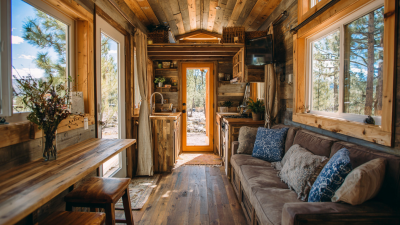
Exploring the Tiny House Movement: How Minimalism is Shaping Sustainable Living Today
-

Discover the Freedom of Living Light with Portable Tiny Homes
-
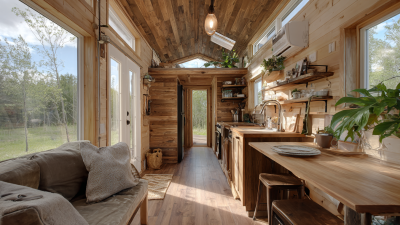
Discover the Hidden Benefits of Living in Tiny Homes for Sustainable Lifestyles
-
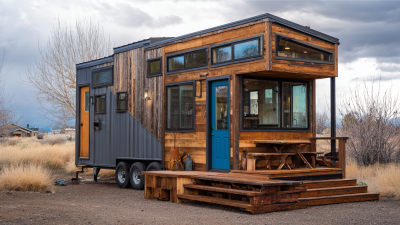
Exploring the Tiny House Movement: How 70% of Millennials Are Embracing Minimalist Living
